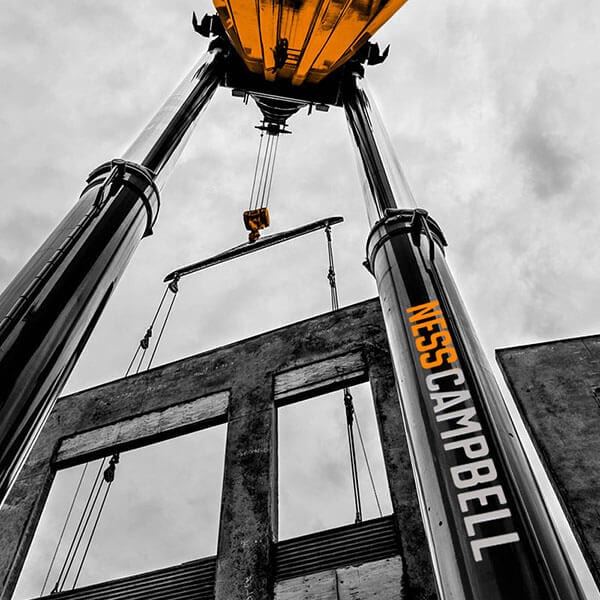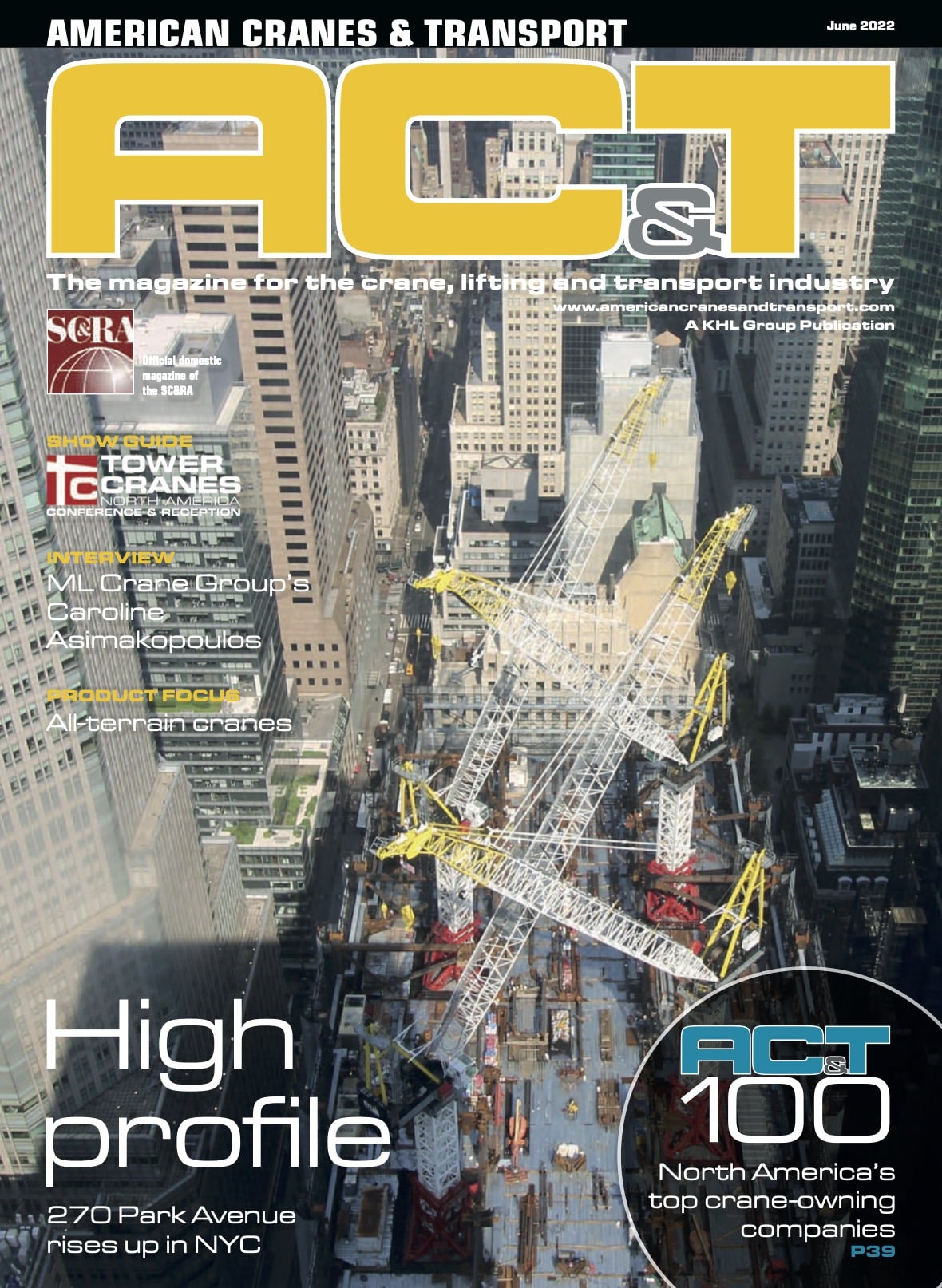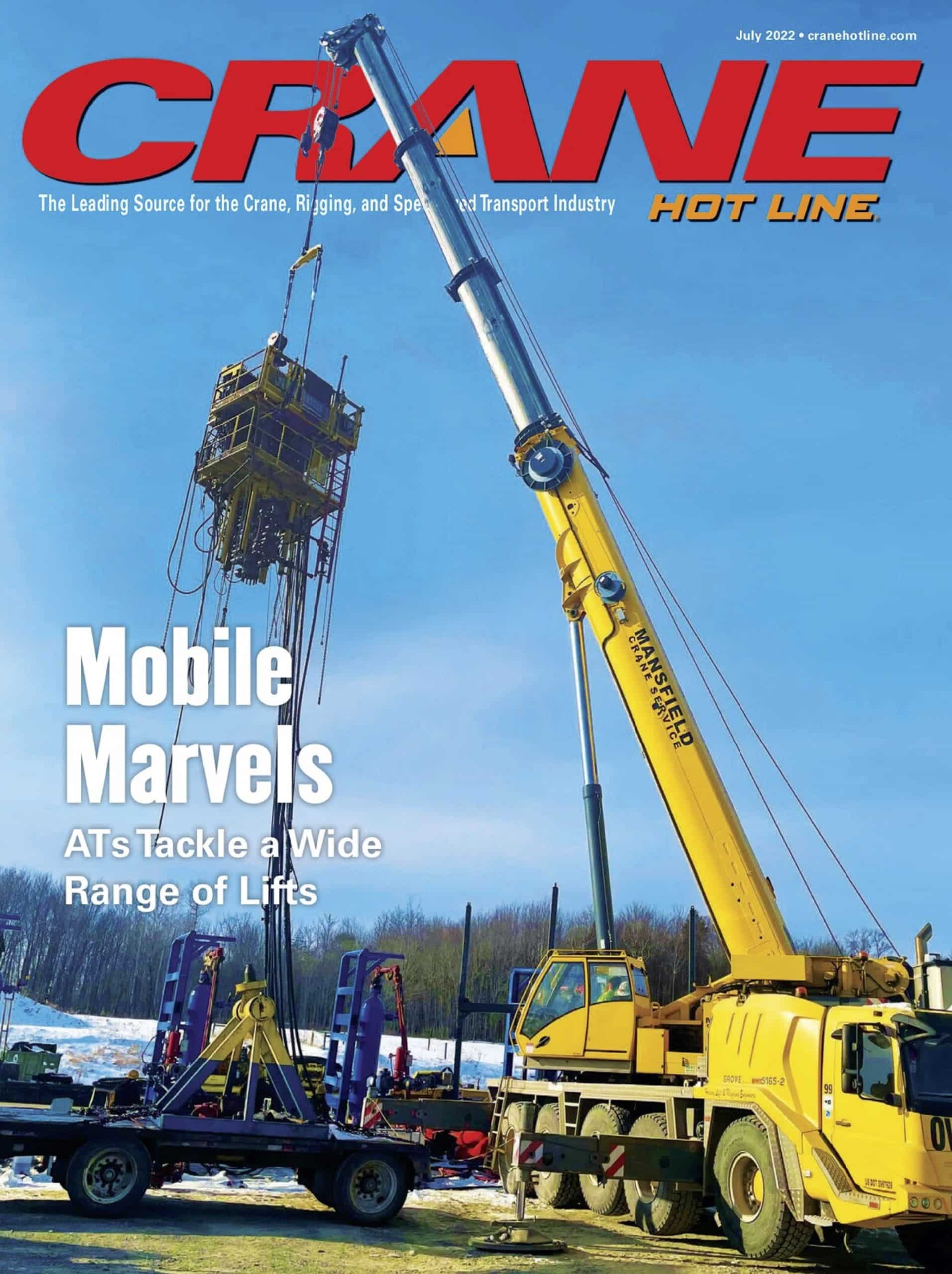How do you move a forklift to the 15th story of an unfinished building? (hint: they do not do well in elevators). It’s done through an arrangement called “block and tackle”, and the job is performed by a rigger. That would be the person who works with pulleys, ropes and winches to haul heavy items, like equipment and machinery.
At one point, it was just the person who’d assemble the hoists and pulleys together. Now, a rigger is anyone engaged in lifting and moving heavy equipment.
Duties and capabilities of a rigger
Their work starts by examining the object—its size and weight—and then finding the best equipment to move it.
That often involves some sort of assembly – so, they’ll install cables, ropes, pulleys and winches. If a crane is needed, they’ll erect it. For a rigging job, they set everything up and then tear it down once the project is finished. Most importantly, they ensure the team stays within all rigging safety regulations.
They’re also responsible for maintaining and repairing the equipment.
What types of jobs or projects do riggers do?
Here, we’ll be talking about riggers in the construction industry (they’re also used in the military, drilling, trucking, even theater and movie sets). Rigger jobs often come whenever a crane is present. Examples of projects are:
- Commercial office buildings
- Large residential or mixed-use projects
- Moving chillers, boilers, transformers and switchgears during a construction project
- Transporting equipment like forklifts, platforms, rigging booms, etc.
- Loading freights and shipping
What makes a good rigger?
- Riggers need to be mathematically-inclined. Their work revolves on spatial perception – they must know how objects will fit within the site. For example, when transporting through a window opening on the 15th story, they need to have an idea on how to best go about it.
- Must have strong communication skills. The rigger is often “the eyes” for the crane operator, and they are responsible for directing the operator on how to best move and deposit the item (this could be verbally or though hand signals)
- Must not be afraid of heights. Do you see the types of things riggers have to do? Scaling the tops of cranes, walking on structural beams 30 stories up, attaching cables near the tops of commercial office buildings – those on a rigging job need to be unafraid and confident when dealing with heights, all while keeping safety at top of mind.
Rigger jobs are one of our main specialties at NessCampbell. We’re known for our top-of-the-line equipment and ability to source what we need for any project. If your Washington or Oregon project is in need of rigging services, look no further.






